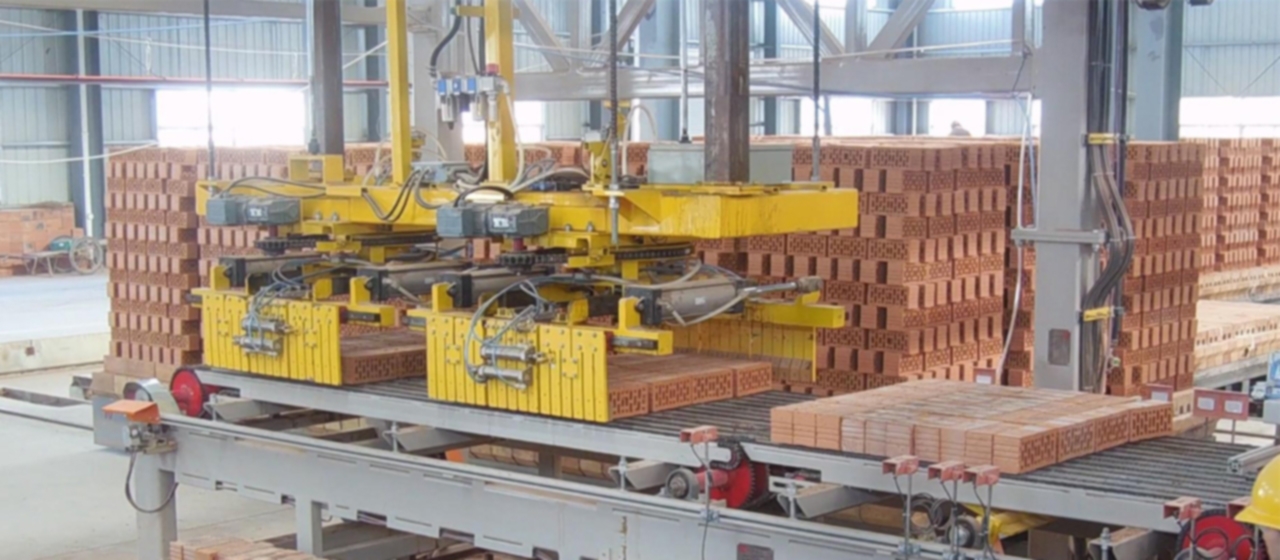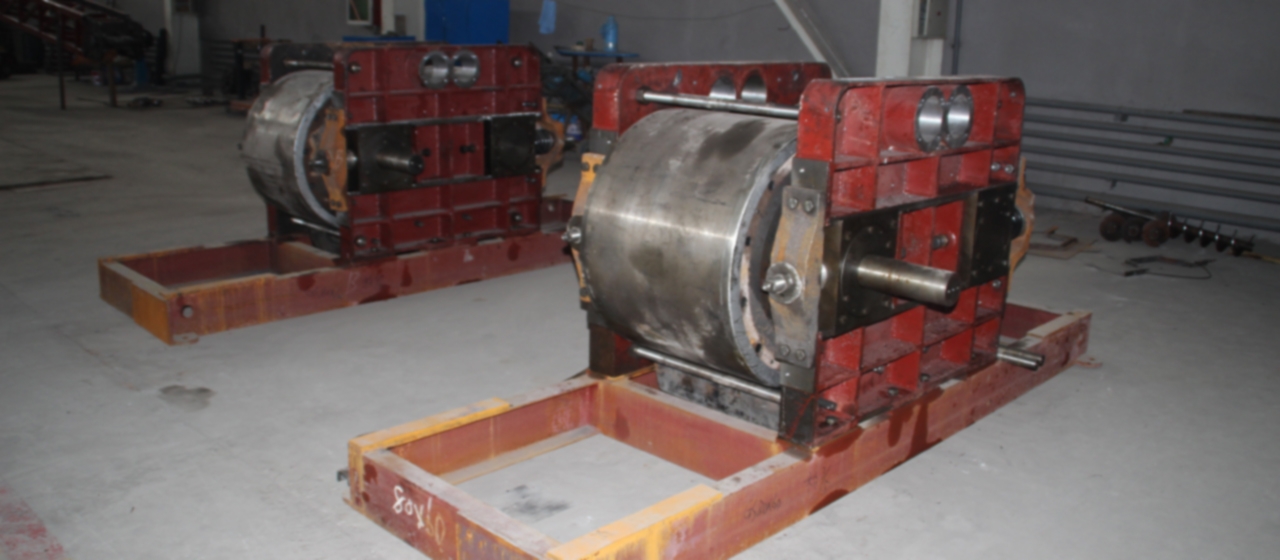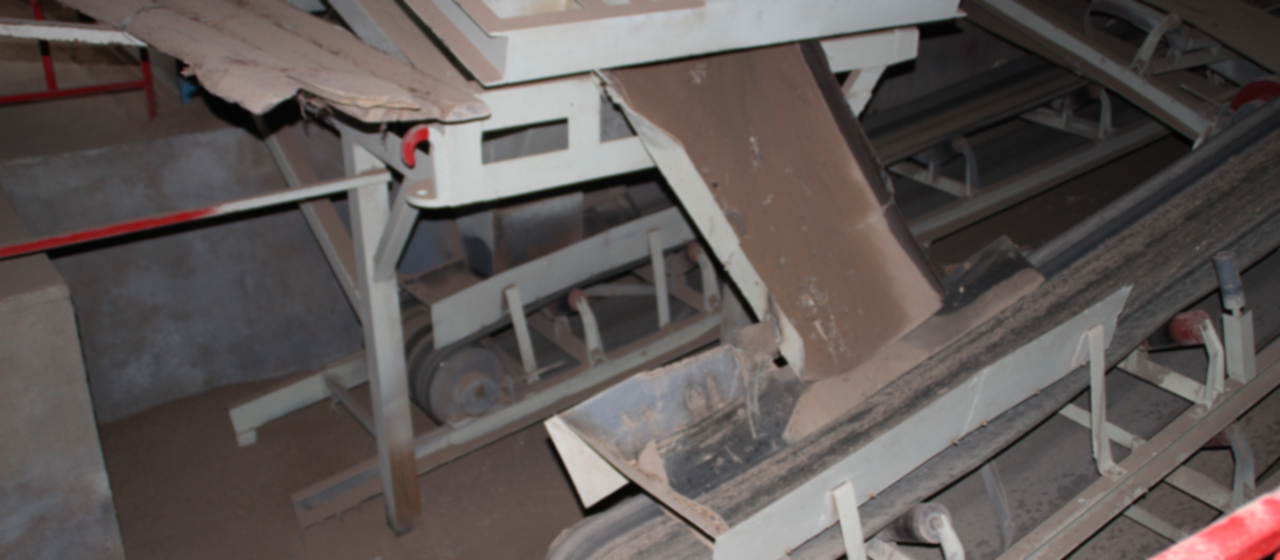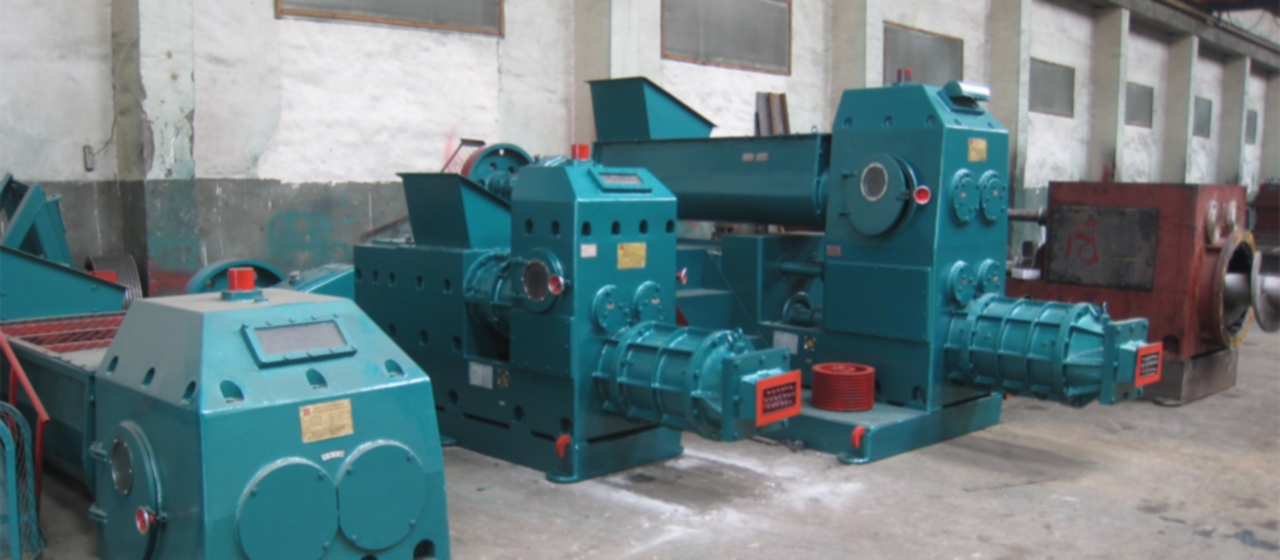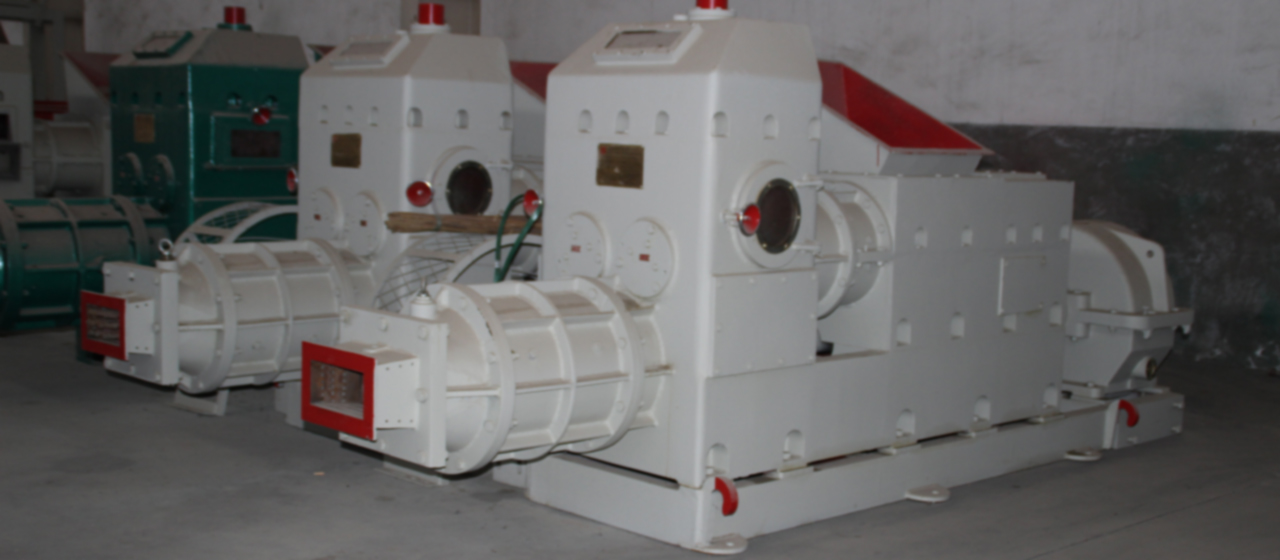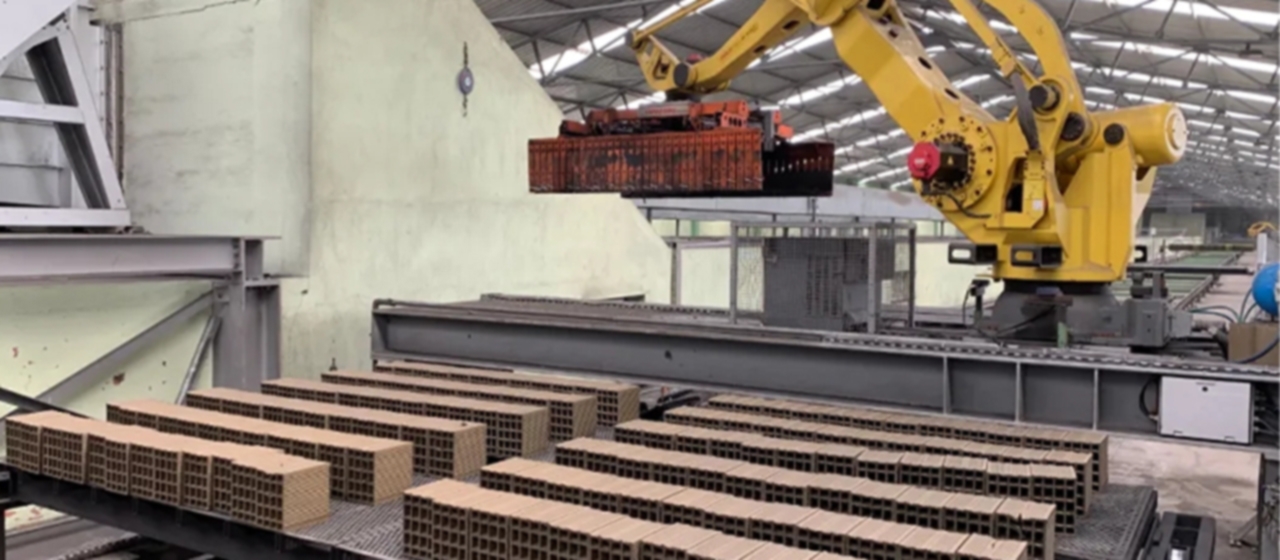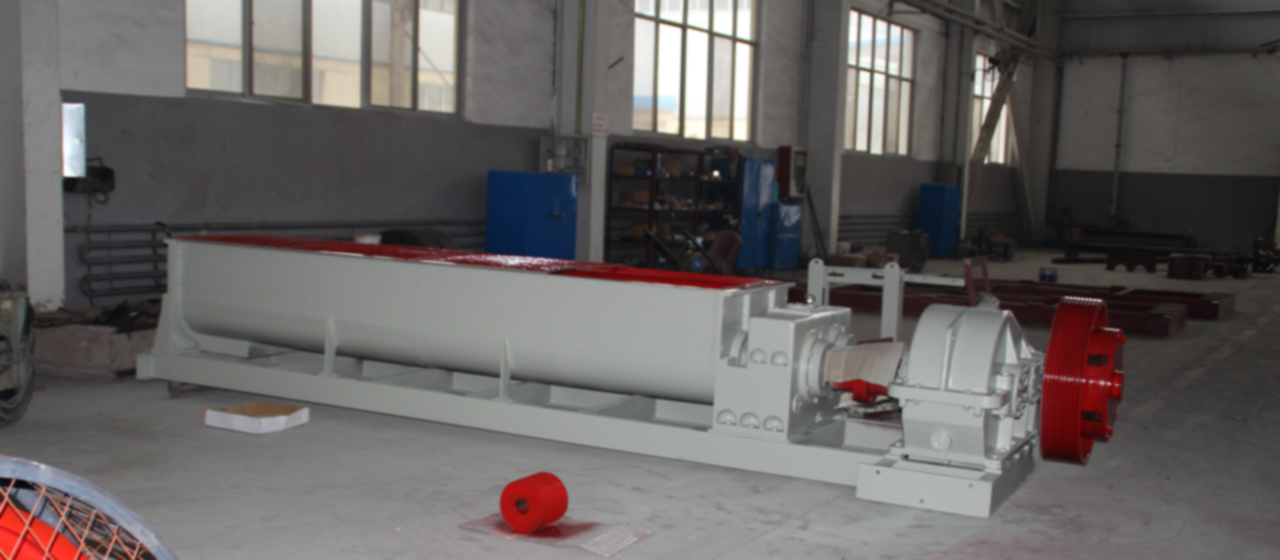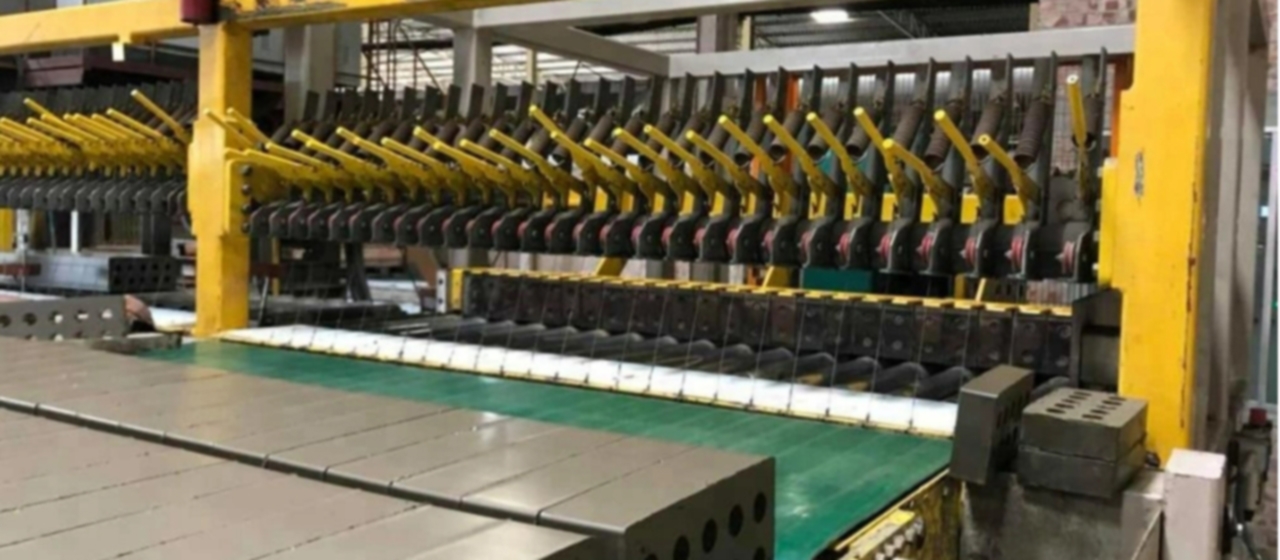forno de túnel móvel
O corpo do forno de túnel móvel corre em uma pista de anel duplo, com seção de secagem, seção de pré-aquecimento, seção de torrefação, seção de isolamento, e seção de resfriamento disposta de frente para trás. Quando o corpo do forno avança, os tijolos trazidos pela porta frontal do forno ficarão expostos para fora da porta traseira do forno após a conclusão de todo o processo de secagem, pré-aquecimento, e disparando com o movimento do corpo do forno.

Mobile tunnel kilns can flexibly choose suitable process systems based on market, capital, matérias-primas, geography, transportation and other conditions.
1. One time code firing, integrated with drying kiln and roasting kiln:
The biggest feature of this process is that it requires minimal labor and low energy consumption, but it requires the use of higher wet billet strength and high extrusion pressure requirements for the brick machine.
2. One and a half yard firing, integrated with drying and baking kilns;
This process can achieve a higher total output compared to brick machines with the same kiln investment and lower extrusion pressure, but it requires a higher process system, making it difficult to code the billet, requiring more labor, and requiring a relatively high level of management.
3. Secondary code firing, separate drying and roasting kilns:
High production, but high energy consumption, large logistics tasks, and high labor costs. Portanto, it is not recommended to use it widely and should only be used in special circumstances.

2. Low energy consumption, high efficiency of thermal engineering systems, good insulation effect, high waste heat utilization rate
The wall of the mobile tunnel kiln is stacked with aluminum silicate refractory fibers, which has a good insulation effect. In the practice of the experimental production line, after stopping coal and air supply for 48 horas, the kiln can still be roasted normally after re feeding coal and air supply. In use, the outer surface temperature of the kiln wall roasting section is only 42 C ˚)
No sistema térmico de um forno túnel móvel, todo o calor emitido pela queima dos tijolos foi enviado para as seções de torrefação e secagem pelo ar que entra no forno para fins de combustão e secagem. Em 2007, durante o disparo experimental, o consumo de energia foi apenas 240-340 kcal/kg.
3. Baixo emprego
A linha de produção emprega aproximadamente 30-40 pessoas:
2 escavadeiras para alimentação, 4 pessoas para misturar e esmagar, 2 pessoas para fazer tijolos, 3-6 pessoas para paletização, 8-15 pessoas para secar e assar, 3 pessoas para produção de tijolos, 6 pessoas para reparos homem-máquina, e 2 pessoas para fazer tijolos
4. Pequena pegada
Exceto o pátio de armazenamento de matéria-prima, a linha de produção requer apenas cerca de 27 hectares de terra.
5. Logística tranquila e baixa intensidade de mão de obra
Na produção de uma olaria com produção anual de 50 milhões de peças, o volume logístico diário entre vários processos, como preparação de matéria-prima, transporte, envelhecimento, fabricação de tarugos, secagem, e o disparo é de cerca de 430T × (5-8 vezes), a maior parte da mão de obra em fornos rotativos comuns é consumida aqui, e a intensidade do trabalho é alta, e o ambiente de trabalho é difícil.
The production line of the mobile tunnel kiln process system has a mechanized and automatic logistics operation. Workers only need to pick up and stack bricks from the billet conveyor belt, which is quite easy compared to the loading and unloading of the rotary kiln. Especially, the working environment is bright and open, neither dirty nor hot.
 6. No kiln car maintenance, long maintenance cycle for cold and hot shock resistance of kilns
6. No kiln car maintenance, long maintenance cycle for cold and hot shock resistance of kilns
uma. The kiln body can freely expand and contract during thermal expansion and contraction. The kiln wall is stacked with aluminum silicate refractory fibers, which not only reduces the weight and thermal expansion and contraction stress of the kiln body, but also avoids furnace cracks;
b. The thickened kiln wall with redundant design can withstand longer periods of airflow erosion, thereby improving its service life and prolonging the overhaul cycle;
c. Without kiln cars, there would be no kiln car maintenance, and this alone can save about 200000 yuan in maintenance costs annually.

